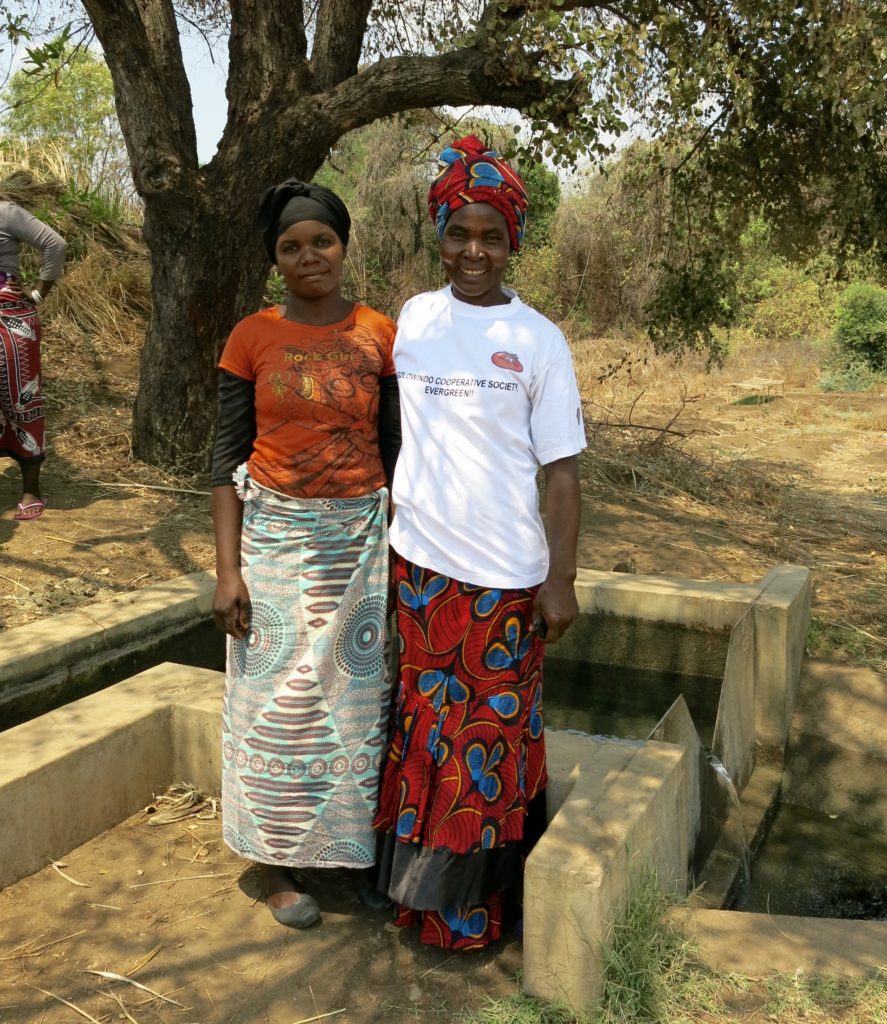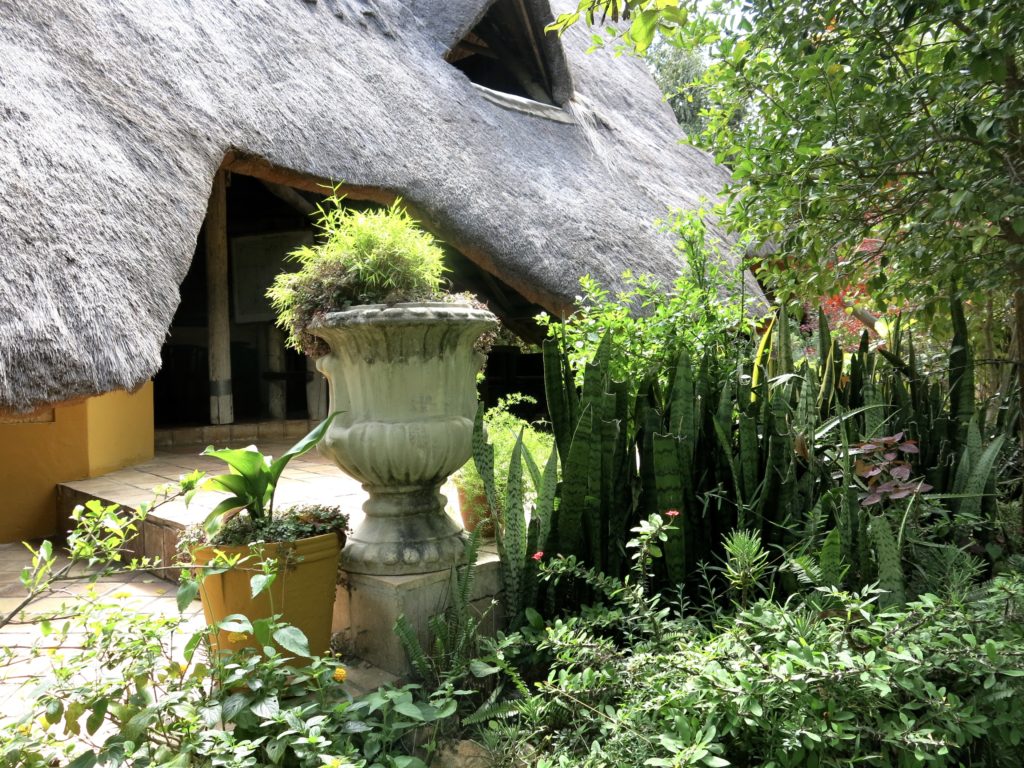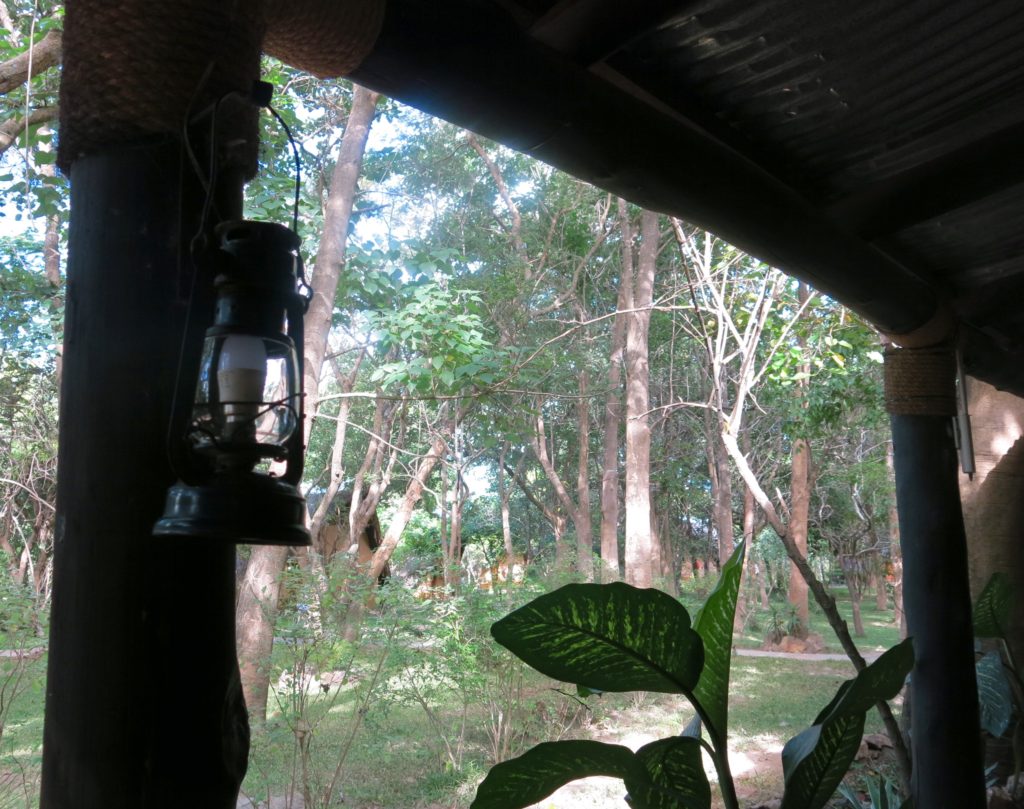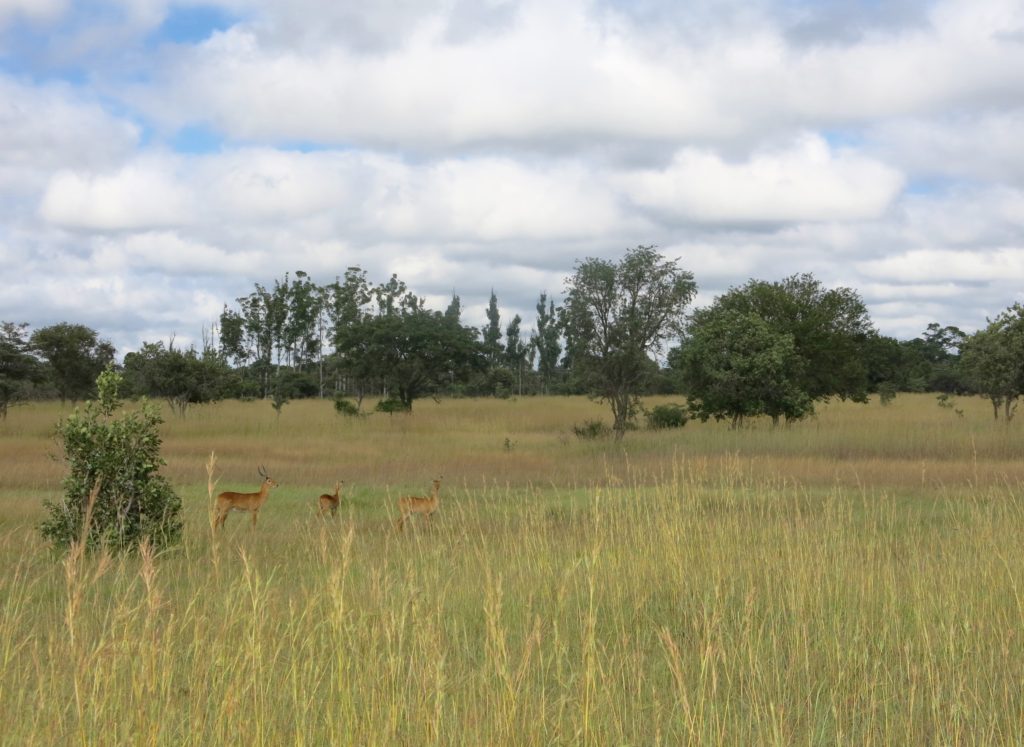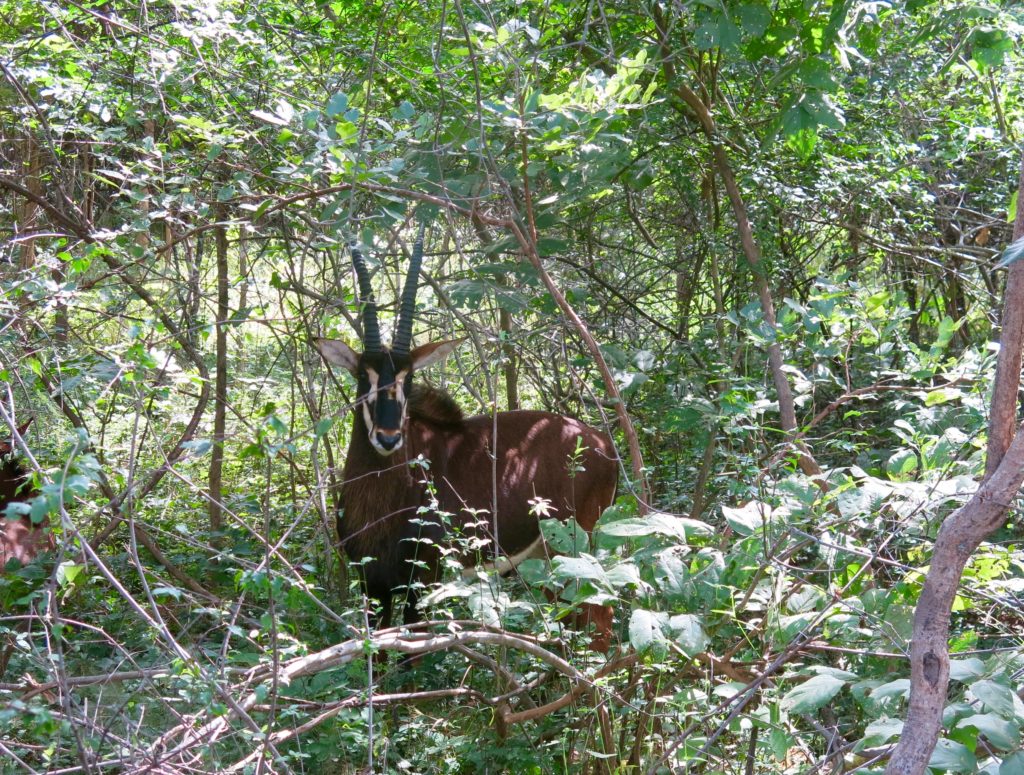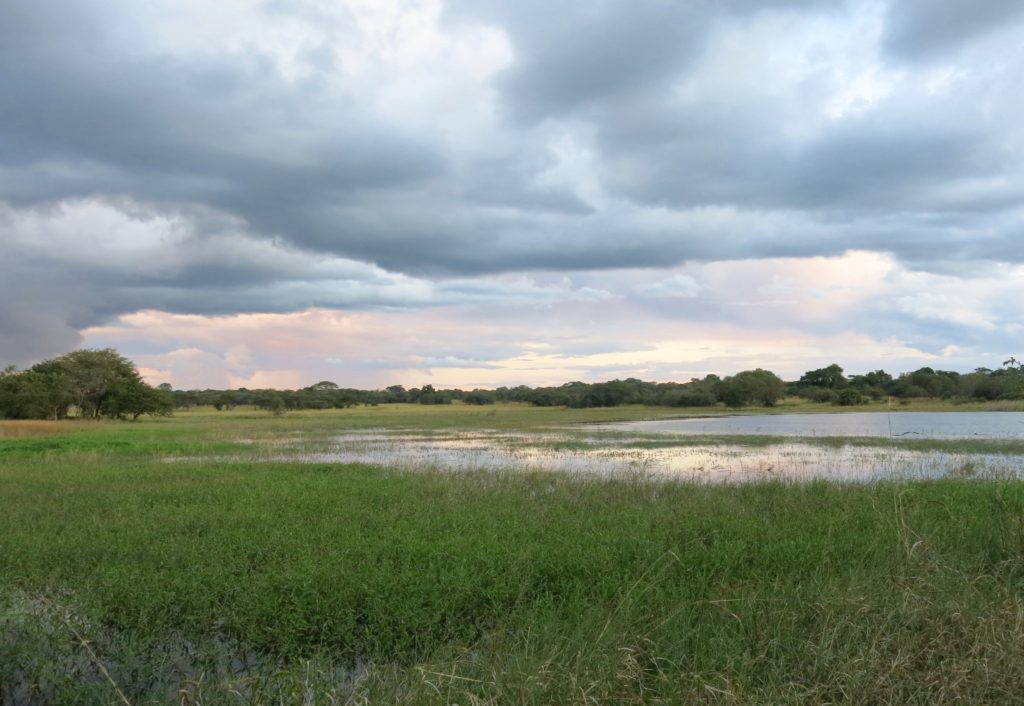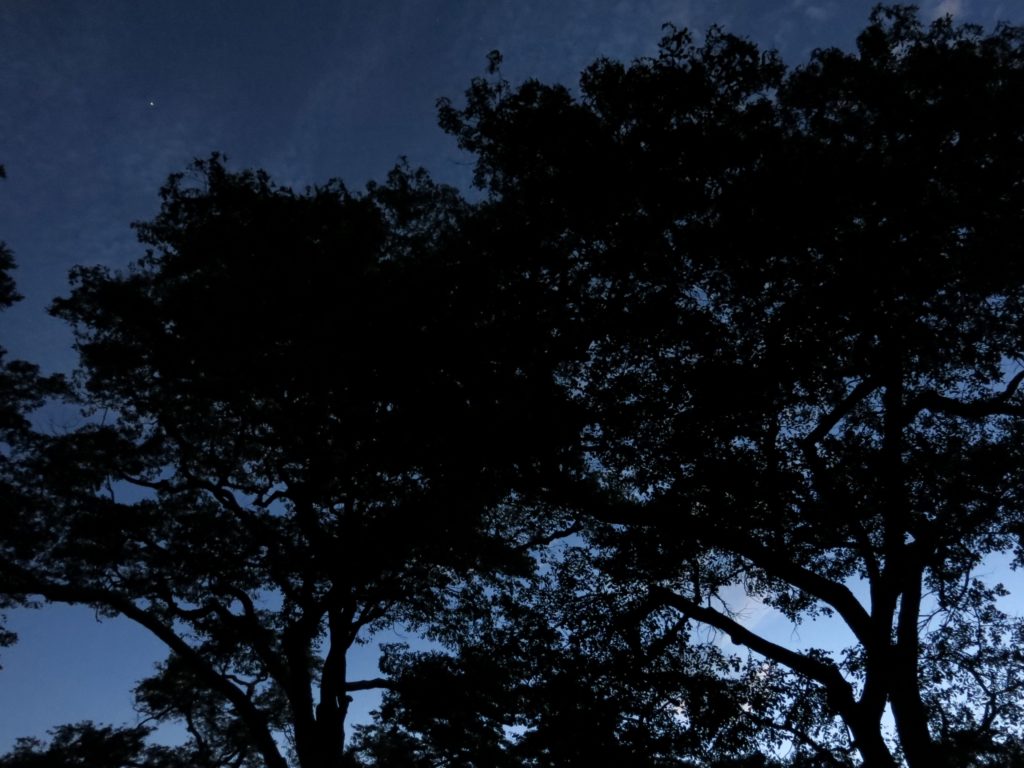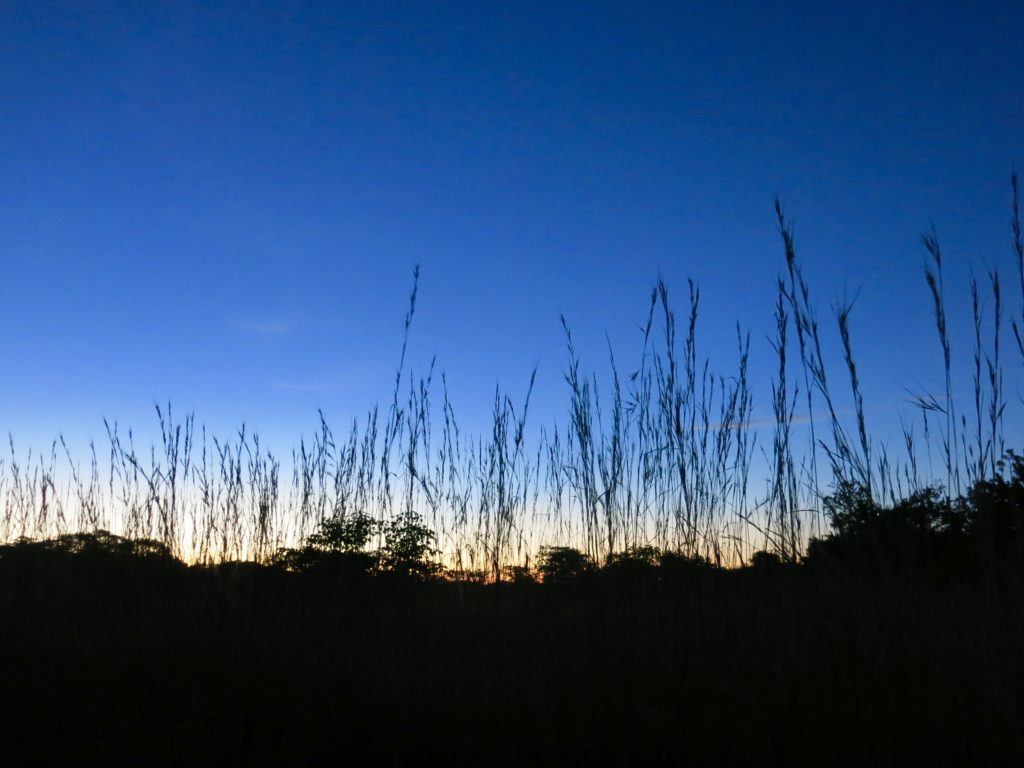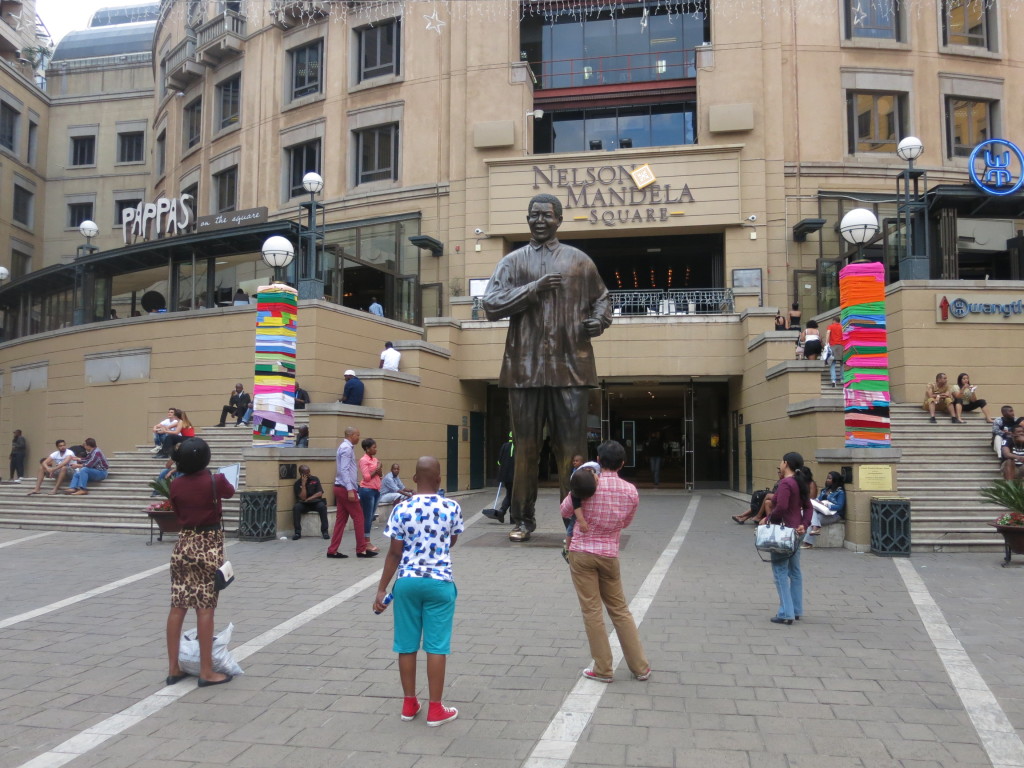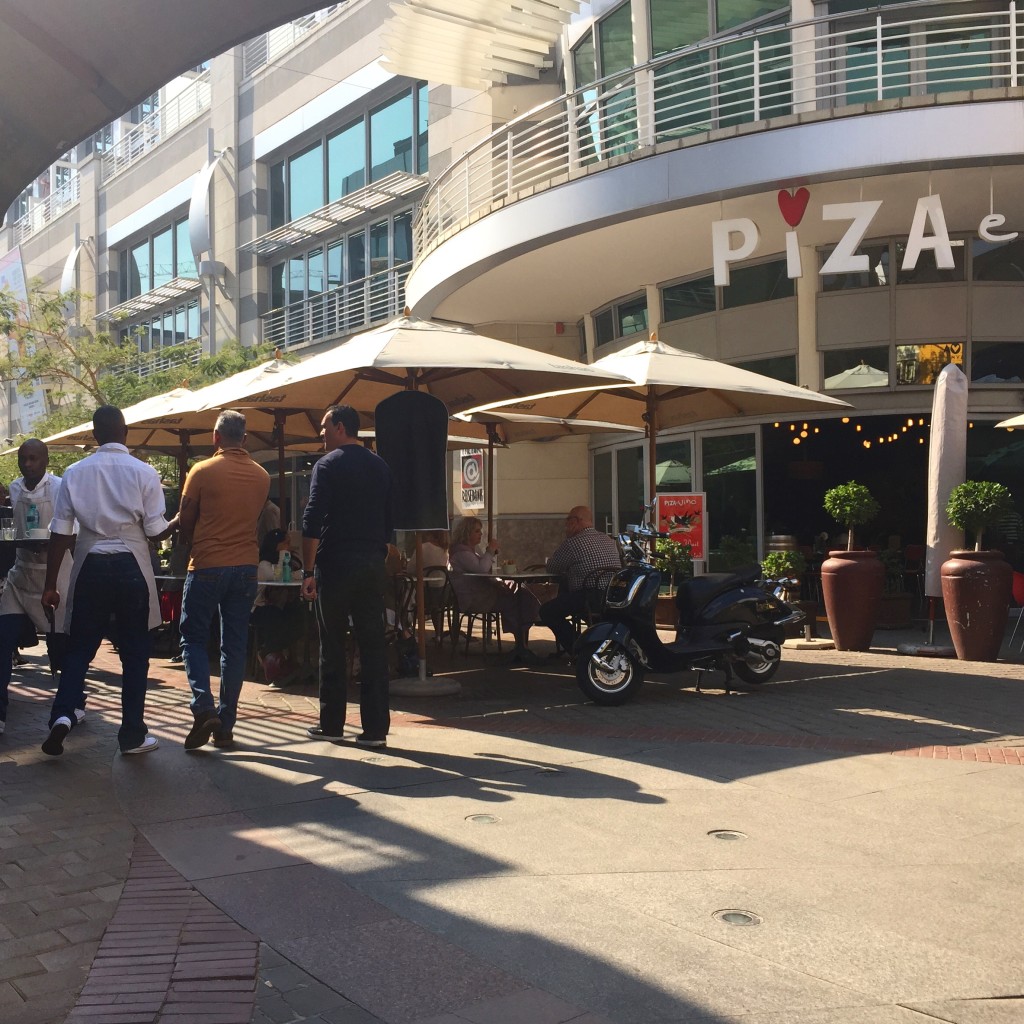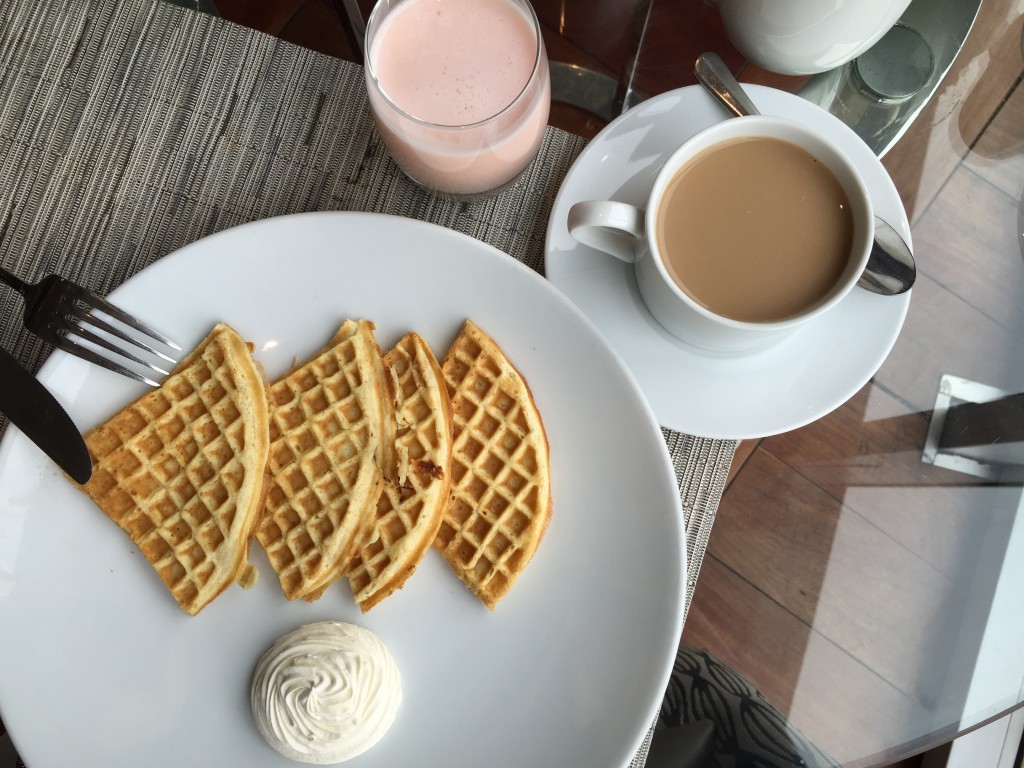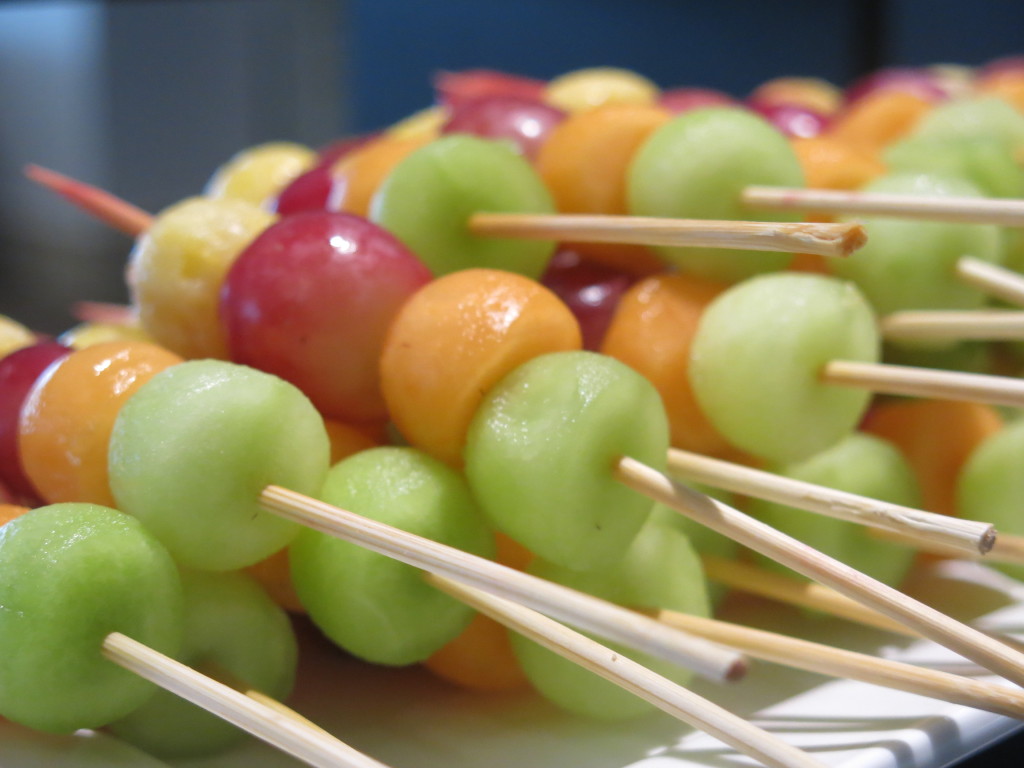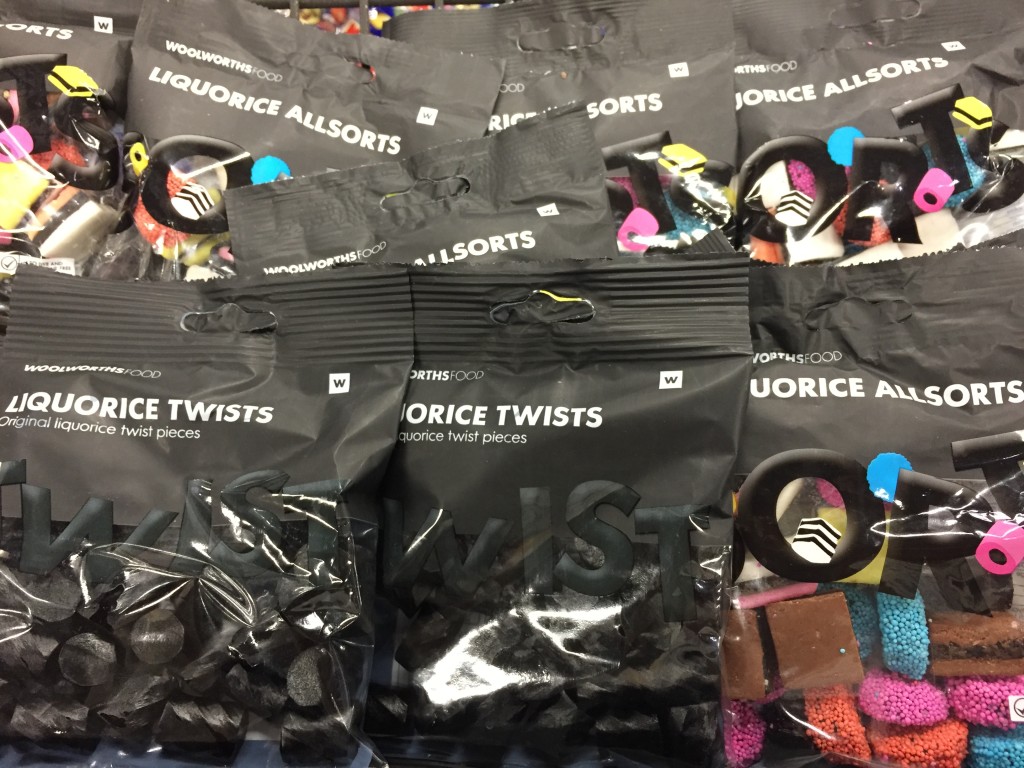As with everything else, gender roles are very rigid in agriculture. They are not the same globally: in some countries, taking care of livestock is a man’s job; in some it’s a woman’s. In one place, a certain crop is cultivated by predominately women; in another place it’s grown by men. Sometimes, women add value to products through cheesemaking, preservation of crops or fish, brewing beer, etc, and take them to the markets, in other countries this is done by men.Sometimes, these roles vary even between regions within a country. Women and men around the world participate almost equally in agricultural but they do not always have equal access to inputs, resources, services, and knowledge. Which of course prevents them from making the most out of their livelihoods and makes the sector use scarce resources such as water and land in a suboptimal manner. Plus countries are not growing and poverty is not decreasing as fast as they could. Last week, I participated as a discussant in this webinar on gender in agricultural risk management, where we talked about some of these issues and how to reach both men and women to better manage agricultural risks.
Two impressive female farmers in Malawi that are part of a cooperative. They are responsible for the irrigation pump behind them, which completely changed the business for the cooperative as they now can grow seeds and high-value horticulture. The two women asked me to take the photo of them after showing me the pumping mechanism, so I take the liberty of posting the photo here.
